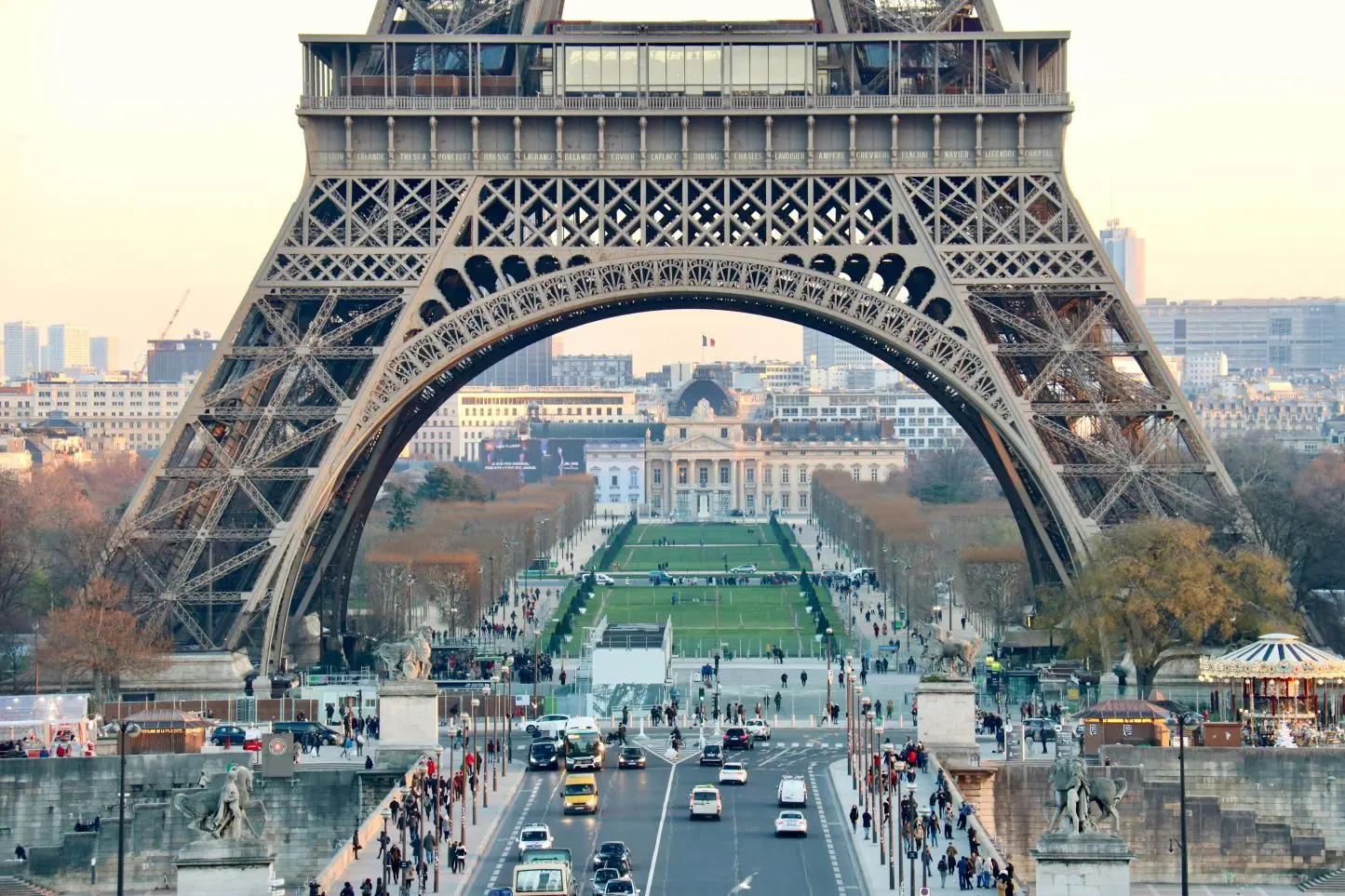Has Paris banned cars, as is often read in the newspapers? Certainly not. In spite of the proximity of goods and services made possible by the '15-minute city', an urban planning model born in Paris itself and aimed at making everyday necessities within walking or pedalling distance, Parisians continue to resort to four wheels, both for personal and business needs. All this while traffic, 'ça va sans dire', continues to plague the roads with still worrying repercussions on air quality, despite significant improvements compared to a few decades ago (decreases of over 50% in PM2.5 fine particles and nitrogen dioxide from 2005 to 2024).
So why so much emphasis on the mobility revolution of which Paris would be a world leader? The answer mainly concerns the continuity of public action in car governance. The last four administrations have made it a political priority to rethink the importance of cars, all to the benefit of enhancing public transport and making walking safe and pleasant.
A long-term effort, therefore, that has now borne fruit: car traffic has halved since the late 1990s, in favour of a more balanced space for pedestrians, buses, and trams (Paris City Council records). A change that also reflects in the purchasing habits related to transport: 66% of Parisians do not own a car, a percentage that has been steadily increasing for years and which shows without a shadow of a doubt that living in a large capital city without a private vehicle is not only possible, but in some cases even desirable.
Yet, there remains significant room for manoeuvre to make public spaces more equitable and sustainable, as they are still too unbalanced in favour of cars, which to date occupy about 50% of the municipal territory, compared to 10% of journeys made by car. In response to this imbalance, the City of Paris has implemented systemic policies to reorganise the allocation of roadways and parking spaces, challenging the notion that streets are meant almost exclusively for car transit and parking.
The 2024 city referendum that increased the cost of parking for large cars, especially SUVs is only the tip of the iceberg of tangible urban transformation policies. In fact, Paris has decided to convert half of the areas designated for parking - quantified at around 60 hectares - into new bicycle lanes, larger pavements, and new green areas. This transformation was solidified in 2020 with the introduction of Public Parking. Among other outcomes, this led to the establishment of 60,000 bike racks, one thousand cargo bike parking spots, one thousand spaces for delivery vehicles, and 100 additional taxi parking spots.
The other big plan then concerned the policy in favour of bicycles. There are two Municipal Plans initiated by Mayor Anne Hidalgo on the subject of two-wheelers: the first five-year plan, launched in 2015, allocated 150 million euros to create widespread cycle paths throughout the city. With the second, which will be completed in 2026, the policy of developing the cycle network continues, also thanks to an additional allocation of 100 million euros, with the aim of adding another 180 km to the more than 1,000 km of cycle routes that Paris had in 2021 (of which more than 300 km are cycle paths and 52 km are temporary paths created after the first lockdown, then maintained permanently).
As a continuation, the extension for two-way cycling is encouraged. In Paris, bicycles are permitted to use bus lanes as well as travel against the flow of traffic on numerous one-way streets. This option shortens journeys for cyclists and requires greater caution from drivers, all within the 30 km/h speed limit.
Finally, a new objective of the plan vélo concerns the possibility of stitching back together the bicycle network, bridging those areas where the density of cycle paths remains low, not only within the city of Paris, but also with neighbouring ones in the inner suburbs.
If cycle lanes are the primary infrastructure, what prevents many Parisians from travelling by bicycle is, according to surveys, the fear of theft. In response, the city is experimenting with the use of 50 'véloboxes', on-street 'parking boxes' accessed by subscription and personalised code. If the experience proves to be successful, véloboxes will be multiplied in lieu of car parking spaces, offering the possibility of sheltering bikes from theft. Added to the experimental measure is the gradual and steady growth of bicycle parking spaces at stations: solutions implemented at both Gare de Lyon and Gare Montparnasse, which are also essential for facilitating interchange.
All these efforts, enthusiastically supported by those citizens who view the bicycle favourably, but opposed by those who adopt ideological stances, have certainly contributed to redefining the urban reality of Paris. A change that even international observers have not failed to recognise: according to the Oliver Wyman Forum, Paris is second in the Urban Mobility City Ranking, the first city in Europe, only second worldwide to San Francisco.
And what about the future? Big headlines have mentioned the hundred streets that will soon be pedestrianised: a non-negligible number out of the 6,000 reviewed in the City of Paris, but one that should not drastically change the face of the city. With one year to go before the next local elections, mobility developments remain mainly linked to the results of the ballot. However, as many commentators suggest, they will likely find it challenging to overturn the legacy left by recent administrations: beyond revisiting policies, dismantling the cycle path infrastructure, new public green spaces, and the urban habits that have solidified around these changes would be more difficult.
Photo by Fabien Maurin on Unsplash
